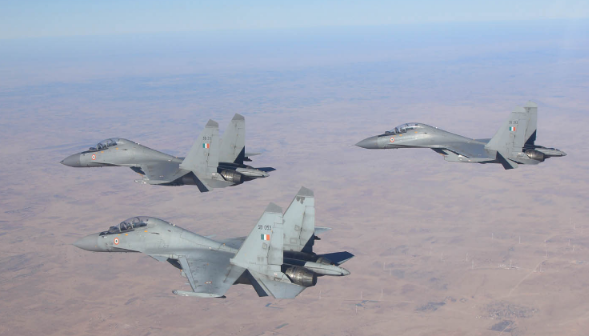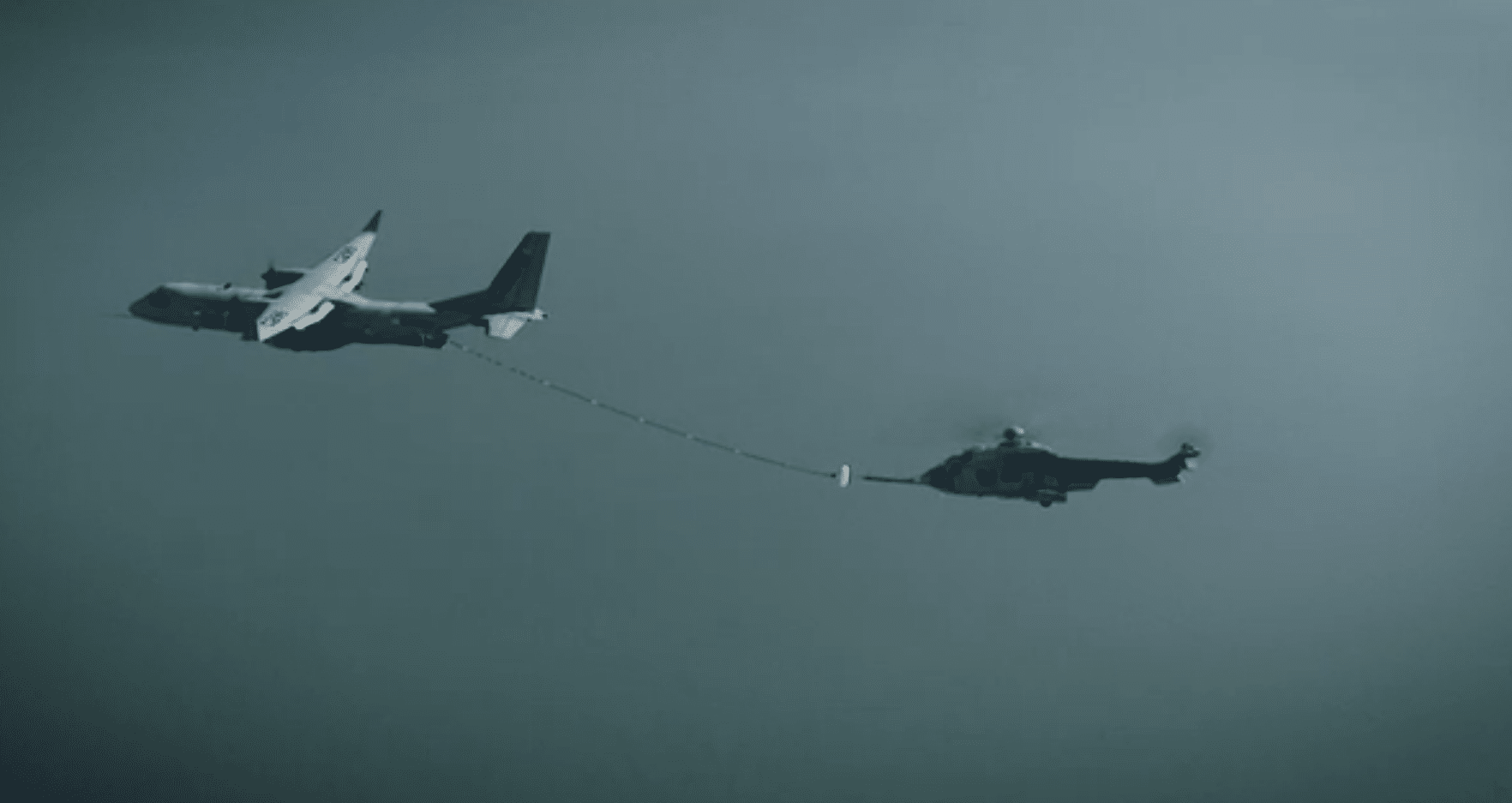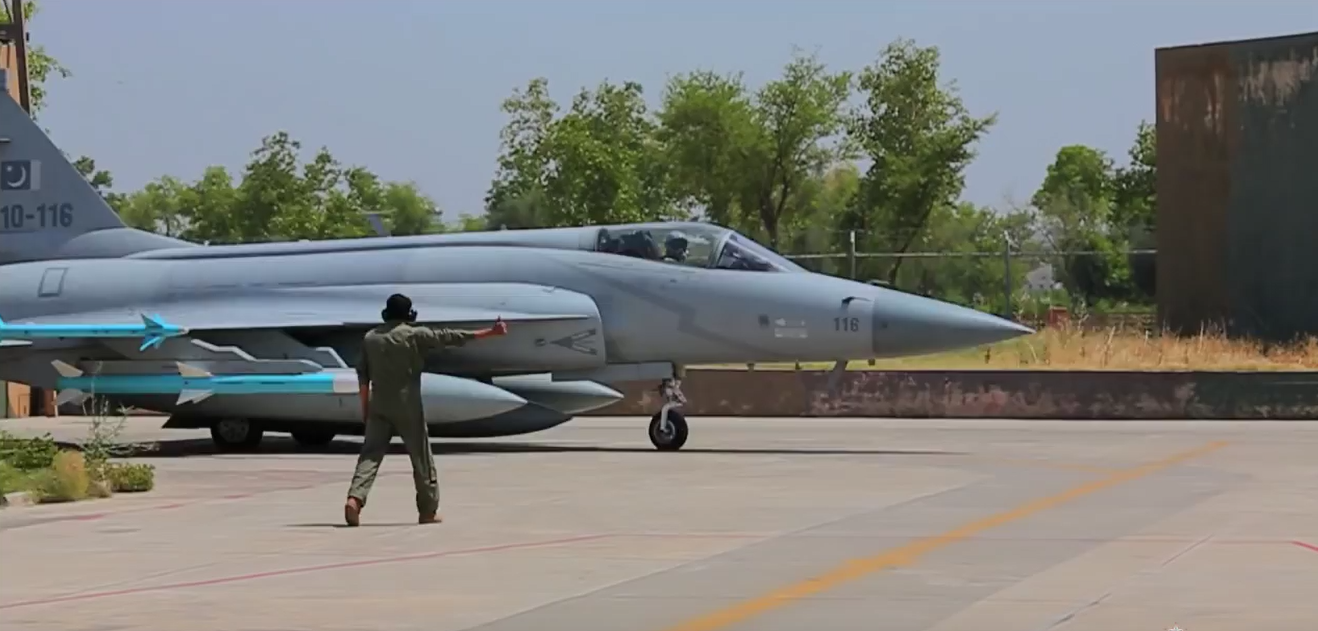858Views 6Comments

India & Russia will raise logistics hub to support IAF Flankers.
Russia and India have agreed to establish a logistics hub in India to support the Indian Air Force (IAF)’s fleet of over 200 Sukhoi Su-30MKI Flankers (Sputnik News).
The $300 million U.S. facility will be set up at Hindustan Aeronautics Limited (HAL), which has been assembling the Su-30MKI under license since November 2004. The impetus for the logistics hub was driven by the IAF’s difficulty in maintaining a sufficient number of combat-ready fighters.
Notes, Comments & Analysis:
In December 2015, India’s accountability watchdog, the Comptroller and Auditor General (CAG), stated that the IAF’s Su-30MKI fleet’s serviceability stood at 46% (today it is at 60%). In other words, of the IAF’s 210 Su-30MKIs, upwards of 115-126 were grounded for maintenance and repairs. The IAF needs 70-75% of its Su-30MKI fleet to be combat-ready (Defense News).
A major reason for this maintenance shortfall has been an inconsistent spare parts supply chain in Russia. The IAF still depends on Moscow for spare parts, and as such, has sought the Indian government’s support in rectifying the unreliable spare parts channel.
This new logistics hub is envisaged to serve a critical role in that regard. It appears that the hub will work in conjunction with a long-term agreement between India and Russia to prioritize spare parts for the IAF. Under that agreement (which was agreed upon in December 2015), spare parts would enter production within a month of the IAF listing it as a requirement.
The hub could serve as a secondary layer, one that may anticipate upcoming requirements in advance and work to procure the necessary spare parts long before it becomes an issue for the IAF. Long-term, India is aiming to manufacture the spare parts domestically. A number of Indian private sector players, e.g. Tata Group, Reliance Infrastructure, Bharat Forge, and Larsen & Toubro are vying to enter into a partnership with Russia’s United Aircraft Corporation to manufacture Flanker components in India (Defense News).



6 Comments
by Mohsin E.
Developing nations should invest in 3D printing tech to reduce dependence on importing spare parts.
by Freebird
No matter how good Sukhoi’s are known, they are not in fact as reliable as American fighters. One observation I’ve made throughout my life is that anything made in US has an extreme quality. German made products are also famous but American products are unbelievable. Besides, US has the highest technology in the world. There is simply no reason for not using same technology on military products. In fact, their military products are even ahead of their civilian products. US superiority on fighters is also proven by some facts. Recall that Flankers send 6 missiles when they detect an enemy aircraft. This is mostly because they don’t trust their bvr missiles. AIM-120 users, on the contrary, send only 2 at most. You might also observe that Russian fighters have always two engines, that’s because planned fighter would be underpowered (like JF-17 unfortunatelly) if it were powered with single engine as Russian engines have lower thrust compared to US-made counterparts. This causes a lot of design requirements, too. Double engines mean more maintenance and more fuel consumption. Double big engines mean bigger aircraft with more rcs. Bigger aircraft means more material on production. Last but not the least, Russian fighter engines have lower service life. To conclude, Pakistan has done a better job investing US made fighters as F-16’s rather than Mig’s and Sukhoi’s. And I believe that affordable JF-17’s will be a good complementary to F-16’s though not powered enough yet.
by Shershahsuri
What if RD-33mk or M-88 is installed on JF-17 as is proposed for JF-17 block-3?
by Bilal Khan - Quwa
During the 2015 Dubai Air Show, PAF officials were interested in the idea of using the RD-33MK on the JF-17. From what I understand, Klimov is generally OK (provided there’s Russian gov’t backing) with transferring MRO capacity to the end-user. But it seems Sukhoi/UAC and Saturn aren’t too thrilled about letting go of Flanker’s supply chain.
by Freebird
Bilal Khan already answered for RD-33MK. As for M-88, it can’t fit into JF-17. It’s small. But all F-16 engines are suitable for Thunder as far as I know. Block 60 engine would turn Thunder into a fantastic aircraft:)
by Shershahsuri
American engines are indeed very powerful and have much longer life. But Pakistan is reluctant to integrate American engines to JF-17. This is because Pakistan fear such sanctions as it experienced in 1990s. So US supply of engines and spares can be very uncertain and unpredictable while Pakistan will need smooth supply for JFT production.